The Fun and Quirky World of Lomography
What is Lomography?
”Don’t think, just shoot” is the motto of Lomography. It is the act of capturing spontaneous images and not worrying whether you followed the established rules of “good” photography or not. Lomography therefore is the unconventional way of capturing images.
Lomography involves inexpensively constructed film cameras that are usually made of plastic. Lomography cameras produce images that have ultra-saturated colors, strange light effects, vignette and blurring. In traditional photography these characteristics are generally avoided and considered as bad photography. But lomographers believe that these imperfections give lomo photos a unique look, style and approach. Lomography lets its users take a playful approach in documenting their everyday life.
Brief History
A Russian company named LOMO (Leningrad Optical & Mechanical Union) was the original creator of lomography cameras. LOMO has been known to produce amazingly clear lenses. In 1984 they manufactured the first LC-A Compact Automat camera.
The term lomography was coined by a couple of students in the 1990s. According to them, they were traveling in Prague when they came across a small black plastic camera, the Lomo Compact Automat. They were surprised to see that the colors of the photos produced by the camera were more vibrant compared to using the usual cameras, they were highly saturated and the vignettes gave a unique framing effect to the photos. Their friends back home immediately fell in love with the camera when they saw the photos it produced. This gave them the idea of working out a contract for the worldwide distribution of the fantastic plastic camera. Since then, different plastic cameras were manufactured and distributed worldwide. Some examples are the Holga camera, which was manufactured in China, the Pop 9, Fisheye, Colorsplash, and the SuperSampler.
Lomography has become part of the pop culture in the late 1990s to early 2000s. Today the lomography community is estimated to have more than 500,000 members worldwide. Due to its popularity, smartphone apps made it possible to achieve lomography-style images using phones, there’s Hipstamatic for iPhone and Vignette for Android. There are also lots of Photoshop and Lightroom tutorials and presets that will help you achieve the lomo effect without having to own a lomography camera.
The Ten Golden Rules of Lomography
Here are the Ten Golden Rules that lomographers follow:
- Take your camera everywhere you go.
- Use it anytime – day and night.
- Lomography is not an interference in your life, but part of it.
- Try the shot from the hip.
- Approach the objects of your Lomographic desire as close as possible.
- Don’t think.
- Be fast.
- You don’t have to know beforehand what you captured on film.
- Afterwards either.
- 10. Don’t worry about any rules.
Here are some of the fantastic plastic lomo cameras:
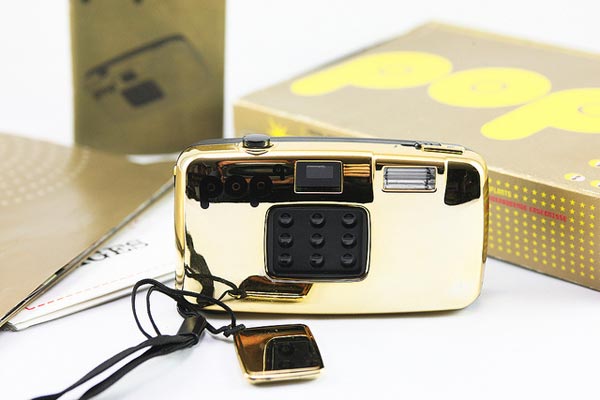
Photo by: zokyolabs
The photo above shows a gold Pop 9 lomo camera that uses 35mm film. This lomography camera has 9 lenses that enable its users to produce 9 identical images in one shot, like the one below.
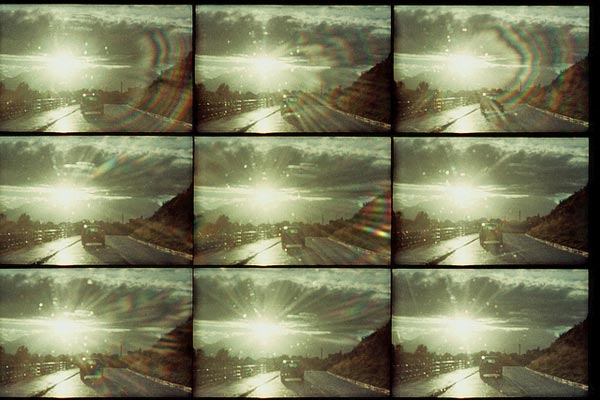
Photo by: ssdzl
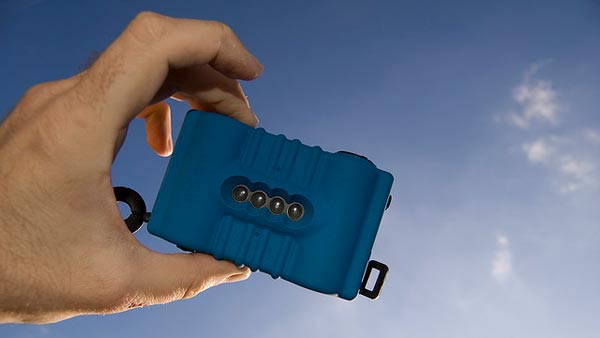
Photo by: publicenergy
Shown in the photo above is the SuperSampler lomo camera, which uses 35mm film. It has 4 lenses and each of the lenses captures slightly different angles, which enables the users to capture 4 different angles in one single image.
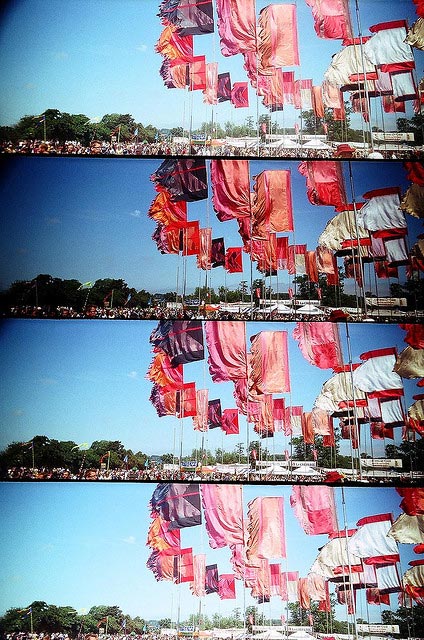
Photo by: russelljsmith
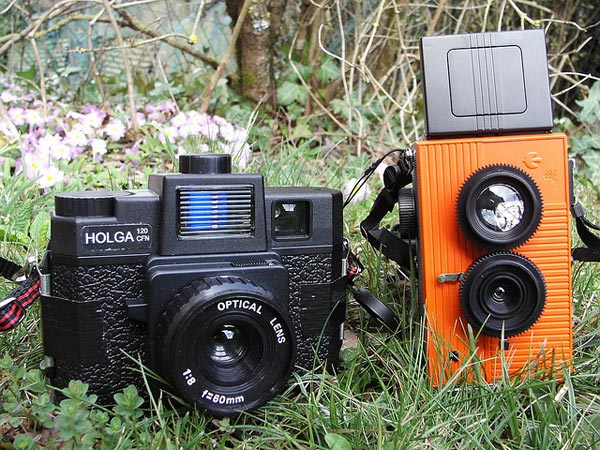
Photo by: Diogène
The cameras in the photo above are the Holga 120 CFN and the Blackbird Fly. The Holga 120 CFN uses 120mm film, while the Blackbird Fly uses 35mm film like the other lomography cameras shown previously.
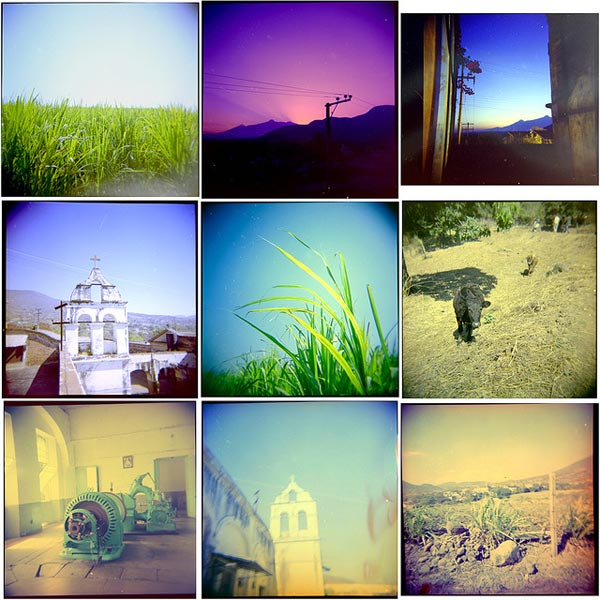
Photo by: Pablo Lancaster-Jones Photo
The photos above are taken using a Holga lomography camera. Notice the vignette and the highly saturated colors in the image.

Photo by: littlemissezza
The photo above was taken using the Blackbird Fly lomography camera.
The above-mentioned lomography cameras are just some of the fantastic plastic cameras you can choose from. Lomography-styled photographs can also be achieved by digital post-processing through Photoshop, Lightroom and other photo editing softwares. But as lomographers say, nothing beats the excitement of not being able to instantly see your shot and waiting to have your rolls processed.

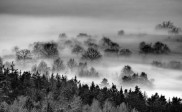
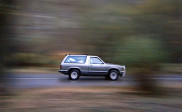

i just purchased the fisheye one and have already loaded it with some folm and snapped a few shots, cant wait to see the results!
Adobe Photoshop Lightroom is a photography software program developed by Adobe Systems for Mac OS X and Microsoft Windows, designed to assist users in managing large quantities of digital images and doing post production work. Lightroom combines photo management and editing in one interface.